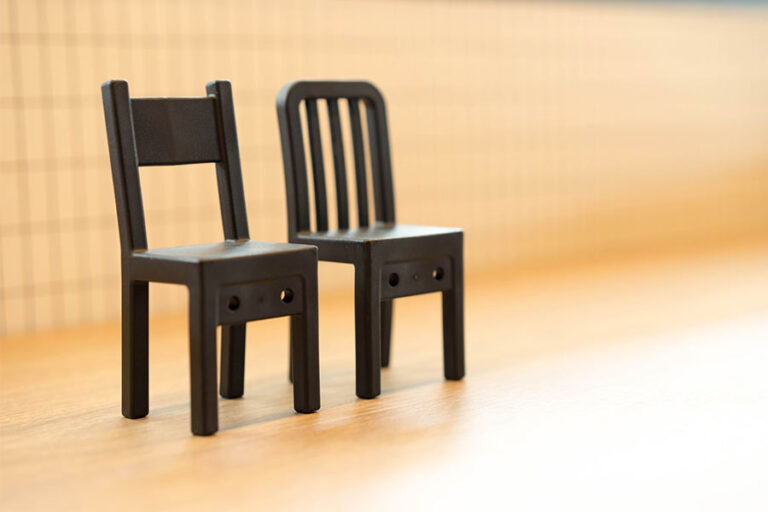
Vignettes are interactive stories that play out in a single scene, typically lasting between five and fifteen minutes. Many vignettes are focused on a one-on-one encounter between a spect-actor and an inter-actor. They may be played on a stage or in a real-world setting. The simplicity of a vignette keeps the focus on the inter-actor’s ability to engage with a spect.
Here’s an example.
Ships in the night
Diane – a woman waiting for a date (spect role)
June – a waitress, mid-40s, thoughtful and compassionate
Jack – a cop, a bit rough around the edges
It’s a late night at the Blue Note Diner. Diane sits alone in a booth, a coffee cup in front of her. An old Bill Evans tune plays in the background. After a long wait, June comes out of the kitchen, coffee pot in hand, and approaches Diane’s table.
JUNE
Top you off again, hun?
DIANE
___.
JUNE
What time was your date supposed to get here?
DIANE
___.
JUNE
Maybe they’re just running late.
DIANE
[Maybe.]
June gives a piece of pie to Diane, telling her it’s on the house. June retires to her seat behind the cash register.
Another long pause, and then the front door opens. Jack enters. He glances at Diane, then starts to banter with June. He pays for his coffee and sits at the counter.
Jack and Diane cast glances back and forth. They begin to talk. She invites him to sit at her table. They chat, finding common ground, and enjoying each other’s company. They have a brief disagreement, but it’s easily resolved. Jack learns that Diane has been stood up. They commiserate about relationships.
The conversation lulls. Jack musters up his courage, starts to ask Diane out, but his police radio interrupts. He has to go out on a call. Jack shakes hands with Diane and leaves.
Diane sits alone at her table.
June comes to Diane’s table holding the coffee pot, but doesn’t say a word.
Updated: August 22, 2024





